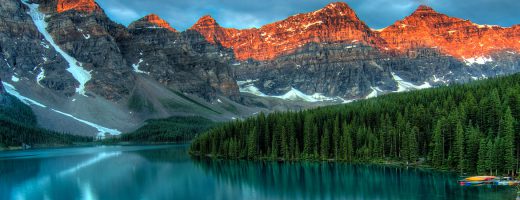The Delhi high court’s decision in 2009 legalizing consensual homosexual acts was a powerful example of judicial wisdom. However, in 2013 that decision was set aside when two Supreme Court justices (out of 29) ruled otherwise. Countless legal professionals and India’s LGBT community were appalled. Five years later in 2018 the full Supreme Court reversed
India is the seventh-largest country by geographical area, the second-most populous country, and the largest democracy in the world. It has the world’s twelfth largest economy at market exchange rates and the fourth largest in purchasing power. Economic reforms have transformed it into the second fastest growing large economy; however, it still suffers from high levels of poverty.
Homosexuality in India is generally considered a taboo subject by both Indian civil society and the government. Scholars differ in their views of the position of homosexuality within India’s main religious traditions. There have been arguments that homosexuality was both prevalent and accepted in ancient Hindu society. Since 2001 a major legal challenge was mounted against Section 377 of the Indian Penal Code that criminalised homosexuality. The Delhi High Court ruled in favor of decriminalization on 2nd July 2009. This ruling had the effect of making homosexuality legal across India. However many religious and fundamentalist groups challenged the judgement in the Supreme Court which, in 2013, reversed the Delhi Court decision thus re-criminalizing gay sex between consenting adults. It was a shocking setback for gay and human rights in India. The decision still stands today as activists strategize to change the law in parliament. Also see: Islam and Homosexuality.

Gay India–Part 1 (Intro): Bombay/Mumbai
A Four-part Journey Through South India in Search of LGBT Life Also see: Islam and Homosexuality Gay India Stories Gay India News & Reports 2000 to present Gay India Photo Galleries Introduction Read this historic story first The sheer size of India makes ‘a’ Gay India story an impossible task, and it’s not just size
Gay India–Part 2: Hyderabad
A Four-part Journey Through South India in Search of LGBT Life Also see: Islam and Homosexuality Gay India Stories Gay India News & Reports 2000 to present Gay India Photo Galleries Read this historic story first Hyderabad Hyderabad is the capital city of the state of Andhar Pradesh in central India. Over the past decade
Gay India–Part 3: Chennai /Madras
A Four-part Journey Through South India in Search of LGBT life Also see: Islam and Homosexuality Gay India Stories Gay India News & Reports 2000 to present Gay India Photo Galleries Read this historic story first Chennai (Madras) Sahodaran and SAATHII It’s no easier to find a publicly visible gay community in Chennai than Hyderabad
Gay India–Part 4: Bangalore
A Four-part Journey Through South India in Search of LGBT life Also see: Islam and Homosexuality Gay India Stories Gay India News & Reports 2000 to present Gay India Photo Galleries Read this historic story first Bangalore Bangalore is another of India’s forward-leaning mega-cities. In the center of the country and at an altitude of
Gay India 2001-03: Many Faces, Secret Traditions and Bold New Times
Intro: Two academic commentaries and three interviews serve as a basic introduction to the vast and complex potpourri of cultures known as India. Gay India is one of the convoluted subcultures folded
into the intense tapestry of languages, customs, religions and secular traditions in this country of a billion people.
In parts one and two, guest authors discuss widespread male-male sexuality as an unspoken and unquestioned–and unlabeled–way of life integrated into family and village customs. The public–spoken or written–label of ‘gay’ or ‘homosexual’ is questioned as a valid description of such men: traditional MSM does not necessarily mean today’s ‘queer’.
Following these academic commentaries are links to parts three and four: interviews with three important gay and lesbian leaders who give a more ‘flesh and blood’ feel for gay life that is ‘out’ and evident in modern India.
The final fifth section is a story about Calcutta’s first gay pride parade and a reflection of its extended meaning.

